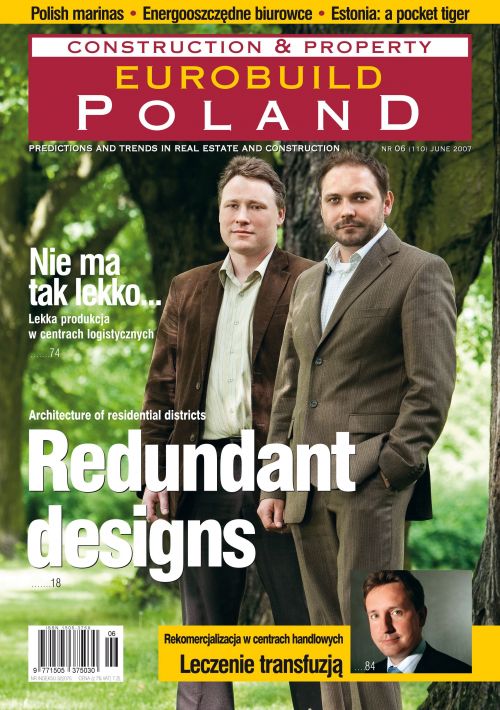There are only two Estonian cities with more than 100,000 inhabitants and the population of the entire nation is roughly equal to that of Warsaw. This former Soviet republic nevertheless boasts the highest GDP among the Baltic states and has of one of the lowest unemployment rates in the European UnionOne of the two major factors driving the economic development of this small country is the massive influx of foreign capital, with investors using Estonia as a springboard for expansion into Russia. The other factor, highly advantageous from a geopolitical perspective, is the number of Estonian ports along the Baltic coast, serving as strategic distribution points for Russian oil. Estonia’s economic success is also underpinned by a stable currency, liberal regulations on foreign trade and a flexible taxation policy. This is all reflected in the nation’s GDP, which has been growing steadily by 7.5 pct on average since 2001, transforming this erstwhile insignificant Soviet repub






























































